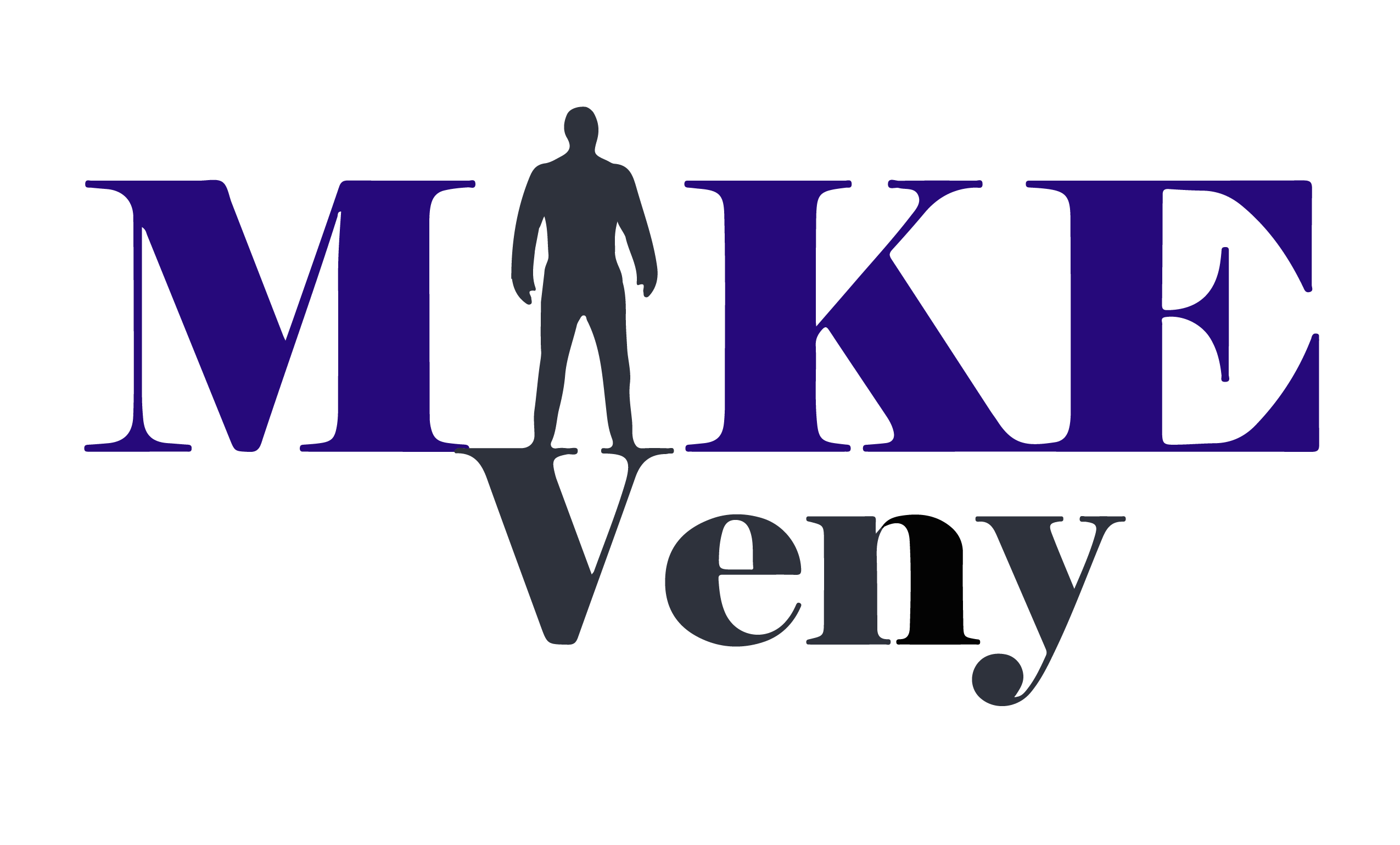
Mental health has become a trendy hot topic over the last few years. We’re finally starting to hear about anxiety, depression, and mental health challenges through the media regularly. In addition, people, including celebrities, are beginning to share their personal stories more through social media. And the mental health and wellness conversation has finally reached the workplace out of necessity after the last couple of years. But is that truly enough?
I believe it’s a good start, but only a start. Now we must push the conversation into actionable steps that bring lasting change to workplace culture.
Why companies must invest in workplace mental health training
It’s good to be able to talk about mental health and wellness, but it’s even more vital that we begin to take action in this area. Saying we care about mental health isn’t going to improve the declining mental health of employees in our organizations. Instead, we need to start walking the talk and providing workplace mental health training that can create real change and improvement for people.
People are struggling
Since 2020, the number of people reporting mental health concerns worldwide has increased. People are struggling globally. Despite the topic’s popularity, it still remains a bit taboo, especially at work. Workplace wellness training or bringing in a mental health speaker can help support your employees and provide many with comfort and relief.
It’s an investment in productivity
The simple truth is companies with mentally healthy cultures are more productive and more profitable. In fact, one long-term study found that companies with a thriving culture that values appreciation and connection experienced 500 TIMES more growth in revenue than companies without that kind of culture.
Mentally healthy employees are more productive, and productive employees make companies more profitable. It’s as simple as that.
Your commitment to mental health is a recruitment tool. One of the things that I heard about the Great Resignation is that it’s not that people don’t want to work; they don’t want to work for you. And I’m not saying you personally, but you get the idea.
To be successful, you must do everything possible to attract talent in the current labor pool. And one of the things that job seekers are looking for is companies that are committed to mental wellness and mental health. So it’s important to invest in this training for your employees.
Investing in workplace wellness training allows your company to “walk the talk.” There are so many companies that say they’re committed to mental wellness. But they don’t practice what they preach. Regularly bringing in a mental health speaker or corporate wellness training is a great way to walk what you talk.
It’s an investment in emotional intelligence skills development
I find “emotional intelligence” to be an interesting term. You can define it as the ability to understand, use, and manage your own emotions in positive ways to relieve stress, communicate effectively, empathize with others, overcome challenges, and diffuse conflict.
What’s interesting is that “mental health” includes anything about thoughts, emotions, and behavior. So when you bring the mental health topic into the workplace, you’re automatically discussing emotional intelligence too.
Nowadays, emotional intelligence (EQ) is becoming a critical leadership skill that many companies are looking for and looking to improve in their workplace. So it’s very important to help employees develop these skills.
How to get started with workplace wellness training
An obstacle organizations face with workplace wellness training is not knowing where to start. There are so many options that it can feel a little overwhelming. So here are four simple steps you can follow to bring workplace wellness training to your company.
1. Assess the needs of your organization
The most important thing to finding or creating effective workplace mental health and wellness training is to assess the needs of your employees. You can accomplish this by talking with them and listening to what they say.
You will learn three things when you listen:
- Your employees’ needs
- The company’s needs
- What you think everyone needs
It’s important to keep these three things in mind as you choose what direction to take with mental health and wellness training in the workplace.
2. Survey your employees
Once you listen to your employees, you can craft questions to survey them. It’s important that this survey be anonymous so employees feel they can be honest when answering.
A great way to get people to answer the survey is by not making it a mental health survey. Instead, create an “employee engagement survey” and include these types of questions. This survey will help provide further insight into your organization’s training needs.
3. Decide on the type of workplace mental health training
There are a few choices regarding workplace mental health and wellness training for you to consider.
- In-person classroom training
This type of training allows for interactive exercises, facilitated discussions, and opportunities to form personal connections between the participants and the facilitator. However, participants with mental health challenges might feel intimidated in a face-to-face learning environment due to the stigma surrounding the topic.
It’s crucial to be aware that the quality of this kind of training is dependent on the instructor’s knowledge, expertise, and facilitation skills. In addition, logistics can also present some challenges, especially if travel is required.
If classroom training is appealing to you, one thing you can invest in is Mental Health First Aid at Work. Mental Health First Aid at Work is a six-hour certification program from the National Council for Mental Wellbeing that teaches participants how to notice and support an individual in a work environment who may be experiencing a mental health or substance use challenge.
- Virtual classroom training
This option can provide many of the same benefits of in-person classroom training with fewer logistical challenges.
- Self-paced courses
Self-paced online training provides learners with more privacy and anonymity, which helps reduce stigma and ease feelings of intimidation. In addition, it’s the most convenient training option because learners can access the information anytime from a computer or mobile device. Although it doesn’t allow for the interactivity and conversations available in the classroom, it does allow for more consistent delivery.
- Presentations from a mental health speaker
Bringing in a mental wellness speaker like myself can be very effective for inspiring and engaging learners. And it’s less daunting to participants than interactive classroom training. However, it does come with its own logistical challenges when deciding whether to do a live, virtual, or hybrid event.
4. Repeat the process throughout the year
Workplace wellness training should not be a one-and-done project. Instead, work on reassessing the needs of your employees throughout the year to provide continuing training that matters to them.
Continued training will ultimately help people build habits essential for mental wellness. It will also help normalize the mental health conversation and help your employees be more productive.
Remember, productive employees will make your company more profitable. And your commitment to mental health is a recruitment tool right now. So you have to walk the talk.
Workplace strategies for mental health and wellness
In addition to workplace wellness training, here are some other things your organization can do to create a culture that values and supports employee mental and emotional wellness.
1. Learn what mental health resources are available and share them constantly
Most organizations have an EAP (Employee Assistance Program). Typically, these programs have a phone number employees can call to speak with a counselor, options for treatment, and other resources to help those struggling with a mental health challenge.
You can also see what’s available locally in your area. In addition, both NAMI (National Alliance on Mental Illness) and MHA (Mental Health America) have a variety of programs you can take advantage of and share about in the workplace.
It is essential to learn about resources and share them in everyday conversations. Of course, it’s great if you know the resources and share them with people who are struggling. But talking about it regularly helps make it a part of the company culture. That’s one of the keys to transforming stigma.
2. Get leadership to commit to normalizing mental health conversations in the workplace
A lot of times, leadership is on board. Still, it never reaches the point of committing and normalizing it as part of everyday conversation.
A few years ago, I had the opportunity to deliver a presentation to a Fortune 500 company. I was their keynote speaker for a big mental health day event they held. Before my presentation, they shared a video with the audience of the company leadership, the C-suite, sharing stories about their mental health journey.
They shared about their medications, the struggle of battling depression, and how their anxiety creeps up on them. It was so powerful. I’ve kept in touch with some of the employees who have shared what an impact this made for them in coming forward to ask for help.
It simply starts with leadership getting on board. Now, this is easier said than done. If you’re an employee, you can get started by trying to get the conversation going with leadership. If you are a leader, I think you know what to do.
3. Provide training for supervisors and managers
I understand that many managers and supervisors are reluctant to have these conversations at work. They’re afraid of saying something wrong or even running up against legal concerns. This is a legitimate concern for organizations, so finding the right training is essential for assurance around this important topic.
A mental health training program for managers and supervisors can give them the confidence they need to have these conversations by providing clarity around how to plan for them and what to say, as well as how they’re affected by things like the Americans with Disabilities Act and HIPAA.
Leadership needs to know how to recognize when employees are experiencing mental health challenges and how to intervene appropriately. In addition, leadership teams must foster inclusive, mentally healthy work environments where employees feel supported and valued. By investing in workplace mental health training for leadership, you’re investing in the wellness of your staff and the overall well-being of your entire organization.
4. Be loud about recognizing and rewarding employee contributions
A lot of times, we don’t feel recognized for the little things we do, especially in the workplace. It’s really important to recognize and reward employees consistently, even daily.
When someone does something small, and they do good, be loud about it. Share about it with others. Point out in the meeting who is doing something that honors the company values. This is really important and helps boost morale.
I make it a point to do this on my team as well. We have a lot of different projects going on: videos, courses, and presentations. There are a lot of projects going on and people doing different things and a lot of little details. So I make it a point to notice when people are doing something really well, and then I’m loud about it. I will make a phone call to someone, get them on video—whatever it needs to be because it’s important they know when they’re doing well.
If you’re an employee in a company, I encourage you to start doing that with your coworkers. You can be part of the change. If you’re a leader, I encourage you to start doing this across the board and being consistent. Getting people the help they need is great and having people talk about it is great. But boosting morale and creating positive energy in your workplace will change the mental health in your workplace.
An easy solution for workplace wellness training
If you’re looking for a simple online solution that gets to the heart of what managers need to know about engaging with employees around this topic, I invite you to check out my self-paced course called Connectivity and Conversations.
The Connectivity & Conversations course provides tools and strategies for supporting employees struggling with mental health challenges. It answers questions like:
- How can I know when my employees are struggling?
- How can I have conversations about mental health without overstepping the boundaries of working relationships or the law?
- What can I do to foster a workplace culture that supports open and honest dialogue?
If formal training isn’t an option right now, remember that you can share free resources such as YouTube videos, podcasts, and blog posts.

![How To Prepare For A Recession: Staying Sane With Layoff News (ACTIONABLE) [2023]](https://mikeveny.com/wp-content/uploads/2023/01/maxresdefault-400x250.jpg)

